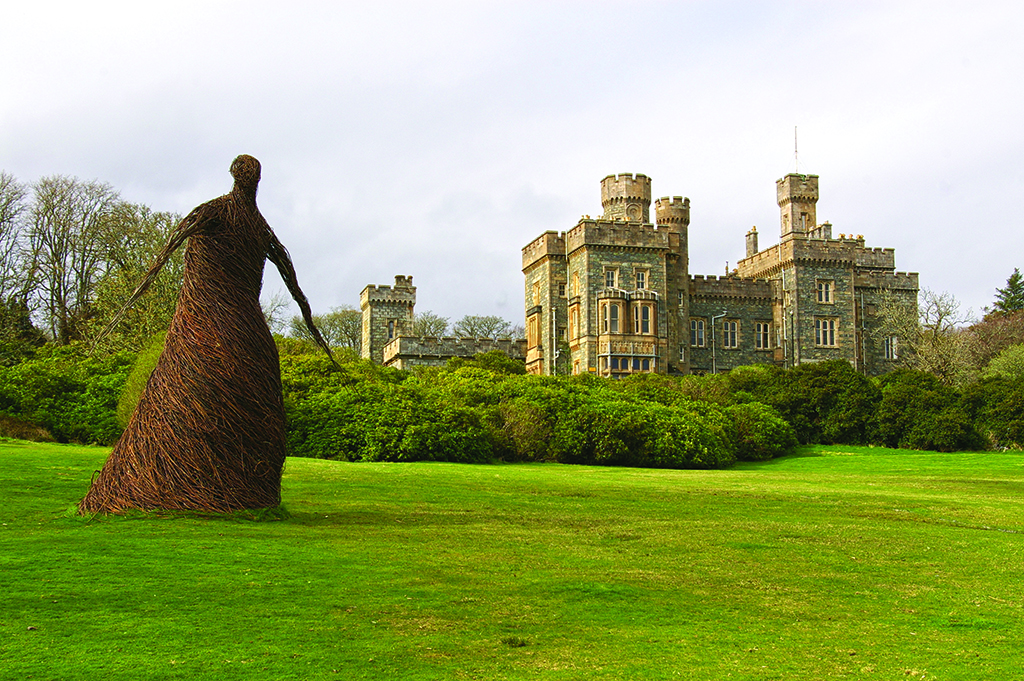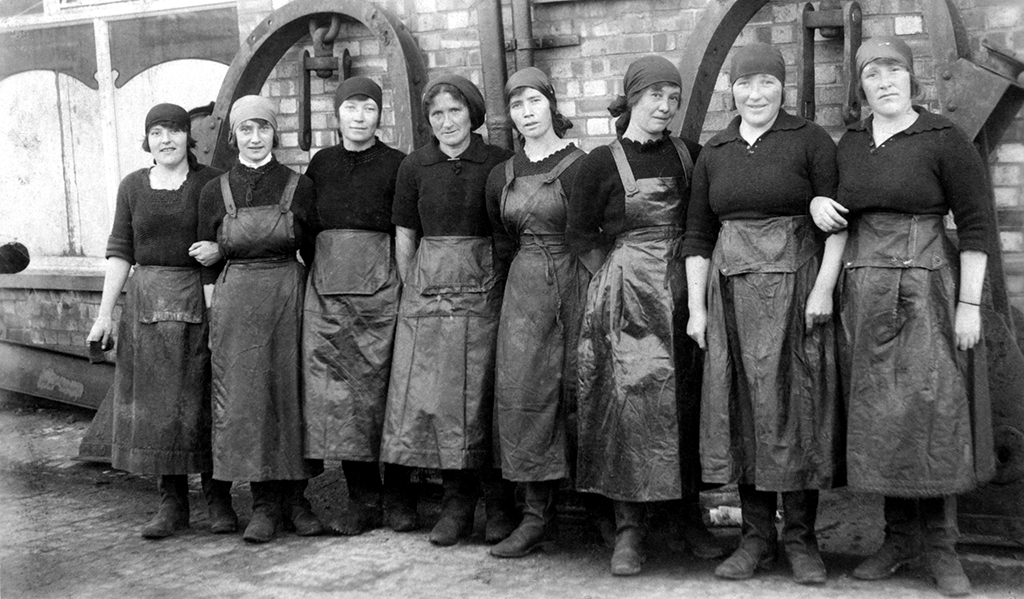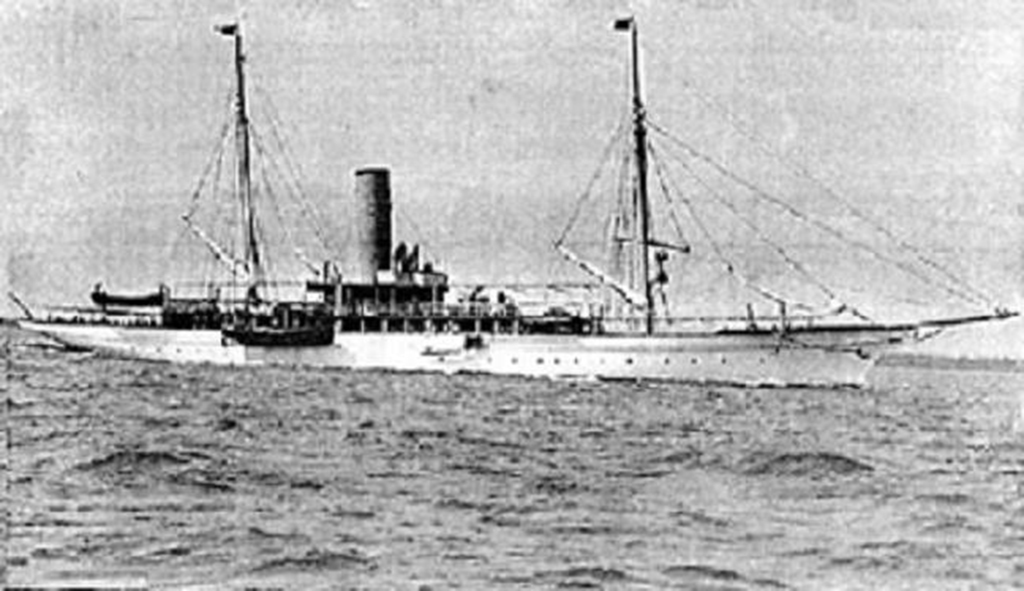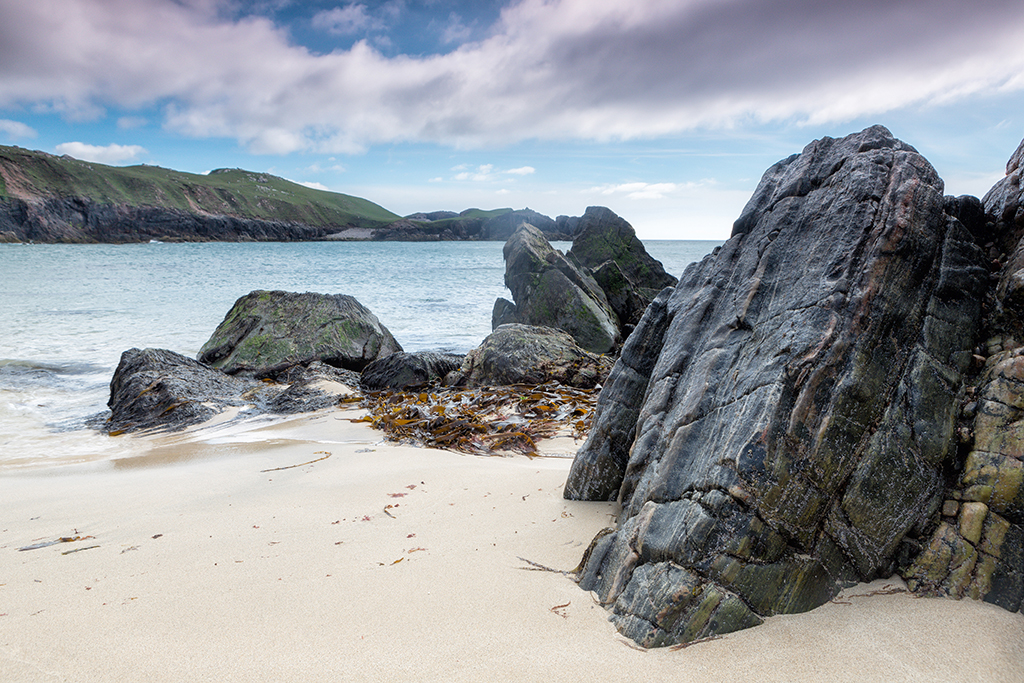
Stornoway is Scotland’s hidden jewel of the north
There is a tale, possibly apocryphal, about an old crofter from one of the outlying districts on the island of Lewis who visited Stornoway for the first time in the early years of last century.
Seeing the stretch of green woodland that lies on the other side of the bay from the town, he reeled in astonishment before blurting out a question.
‘What kind of fertiliser do they put on the cabbages around here?’
When one considers the nature of the land he came from, it is easy to appreciate his confusion. The Castle Grounds in Stornoway appear to belong to another kind of landscape from the remainder of the island of Lewis. Much of this is treeless, with only a few stunted, salt-blighted specimens digging deep into the acidic soil of the moor.
The shoreline – or the machair – is also bare, with, instead of wood, stacks of kelp the only chopped-up form of forestry sometimes found on its sands. It turns up on the tide in the hours following a storm, a rich brown harvest for crops.
Only in the main port are there trunks and branches, fir-cones and green leaves, shades and shadows instead of – what is often – an open, wind-blasted terrain. These are the result of the woodland planted by Sir James Matheson, the ‘Opium King’ who bought the island in the middle of the 19th century, surrounding the baronial hall he had built there with acres of imported trees.

Lews Castle was given to the people of Stornoway by Lord Leverhulme in 1923
Yet even with this, there were times in Stornoway’s history that there was more wood shadowing sea-water on the keel of a boat than there ever was rooted in the land on the opposite side of the bay. This was especially true around the time when the old crofter paid his first visit to the town.
In the early years of the twentieth century, the herring was in its heyday. Boats crammed the harbour, making it possible – again apocryphally – for someone to step from one side of the bay to the other without ever requiring the aid of the stout, waterproof boots fishermen squeezed onto their feet.
Within the shade of fishing-boat masts, merchants made deals and herring girls gutted, the silver of the fish slipping through their fingers as quickly as those who employed them acquired it.
Fortunes were built on the backs of these catches. The Stornoway kipper was crowned king of all its glazed eyes could observe. This was not true just of the Outer Hebrides. It was a trade that flourished the length and breadth of Scotland’s coastline, from Lerwick in Shetland to Lochgilphead in Argyll, from Wick in Caithness to Eyemouth in the Borders.
It even went far beyond this.
The Hebridean women who are sculpted gutting herring in the town’s harbour would have plied their trade as far away as Great Yarmouth and Lowestoft as they followed the seasonal movement of the fish down the east coast. This was largely as a result of the reputation of the Scotch cure, a way of treating the fish that allowed for its export across the world.

The skilled herring girls, pictured in 1920, would follow the seasonal work down the East Coast as far as Lowestoft
In 1907, 2,500,000 barrels of herring or 250,000 tons were cured and exported from Scotland alone, the main markets being Germany, Eastern Europe and Russia. That good fortune did not last.
The First World War brought great suffering to the people of Lewis. Per head of population, they lost more men than any other part of the Empire (particularly numbing was the Iolaire disaster, where more than 200 men from the island lost their lives on 1st January 1919, washed up on the shoreline near Stornoway on the day they returned from the conflict.)
After the First World War too, the population of Germany and Russia, who often depended on herring for their sustenance, could no longer afford the cost of that fish – if, indeed, they were able to get their hands on it.
Even Prohibition had its effect. Bar owners across the United States used before that time to lay out small bowls brimming over with pickled herring to whet their clients’ thirsts. In the Speakeasy, this level of sophistication was no longer necessary.
As a result of this, the herring ports on Scotland’s periphery were forced to fold up many of their nets and roll away barrels.
Large numbers of the young men of Lewis who had once stood under the masts of vessels in the town’s harbour moved away elsewhere – to the Merchant Navy, the shade of giant trees far to their west in Canada, the green fields and factories of the New World.
Those who stayed at home journeyed only as far as their loom-sheds, weaving Harris Tweed for a living.

HMS Iolaire sank on January 1 1919
One could argue that it is only in the last few years that Stornoway has begun a slow recovery from the lack of self-confidence that marked its post-war period. Walking around its quays and surroundings, I could see signs of this small revival.
The Castle, which had greeted me for years with closed, graffiti-scrawled doors, is once more about to allow people to step inside and walk within. A museum and hotel will be opening there later this year. The starlit ceilings and brightly shaded walls that once ushered in the likes of Sir James Matheson and, later, Lord Leverhulme – who tried to revive Stornoway’s fishing industry after the First World War – will be on display once again.
The gardens around the Castle are being restored to their former opulence over the next few years, an initiative organised by the community-owned Stornoway Trust. In addition, the town’s arts centre, An Lanntair, has its story to tell, trumpeting the fact that it had helped to win an award for being Scotland’s most Creative Place.

With its wreck,
iron age finds and white sands, Mangersta Beach Lewis near Uig is a Hebridean jewel
This is, in part, a recognition of the importance of both the Gaelic language and its music within the culture of the town. It is a tongue which – like the ropes that still fasten the island’s boats to the quayside – connects the island’s past and future, providing its people with a sense of the landscape and environment to
which they belong.
Nowadays, they are the places which often even the gulls have deserted for more inland towns and cities, content to swallow leftover burgers from the likes of McDonald’s rather than obtain the chance to slip the odd spill of fish down their feathered necks.
They are sometimes, too, like the seafront at Great Yarmouth, transformed into long esplanades filled with gambling machines and pole-dancing clubs. It is a great joy to me that my hometown of Stornoway has escaped this fate, that it has the opportunity both to celebrate its past in the herring age and build itself anew.
This feature was originally published in 2016.
TAGS

